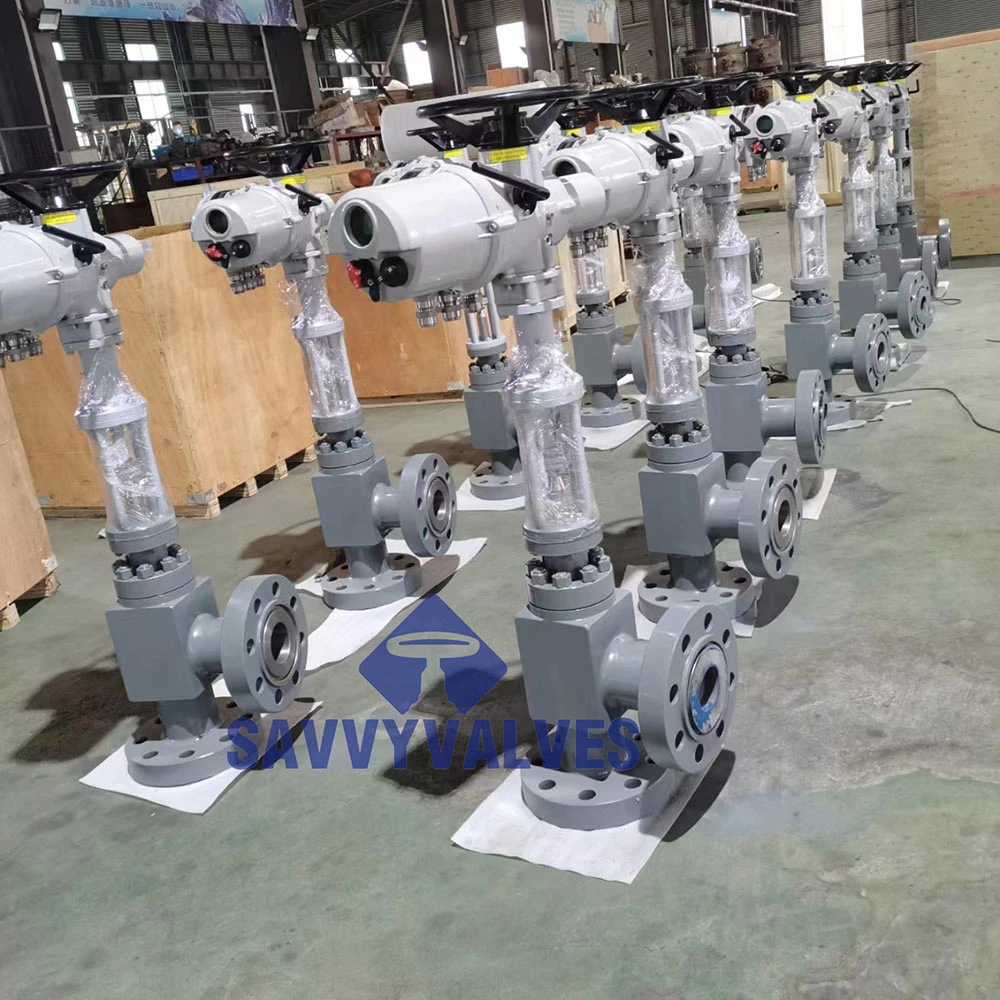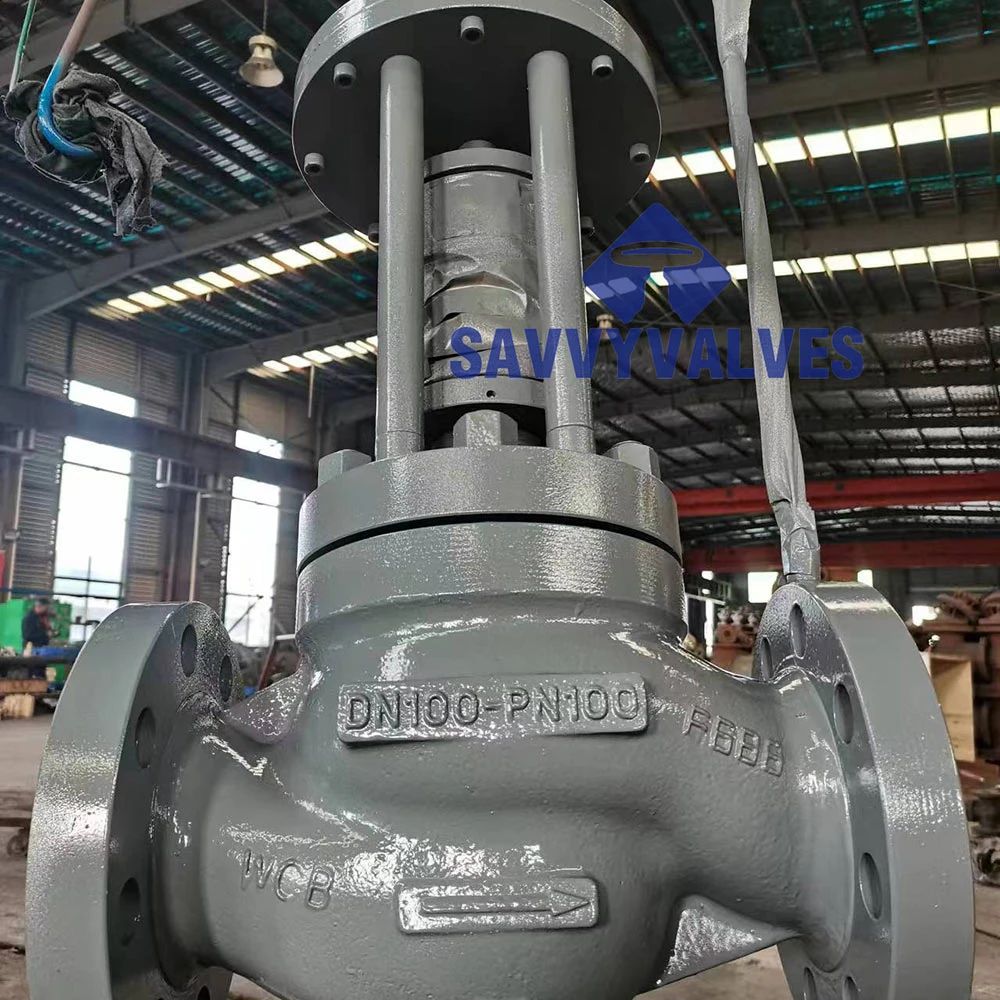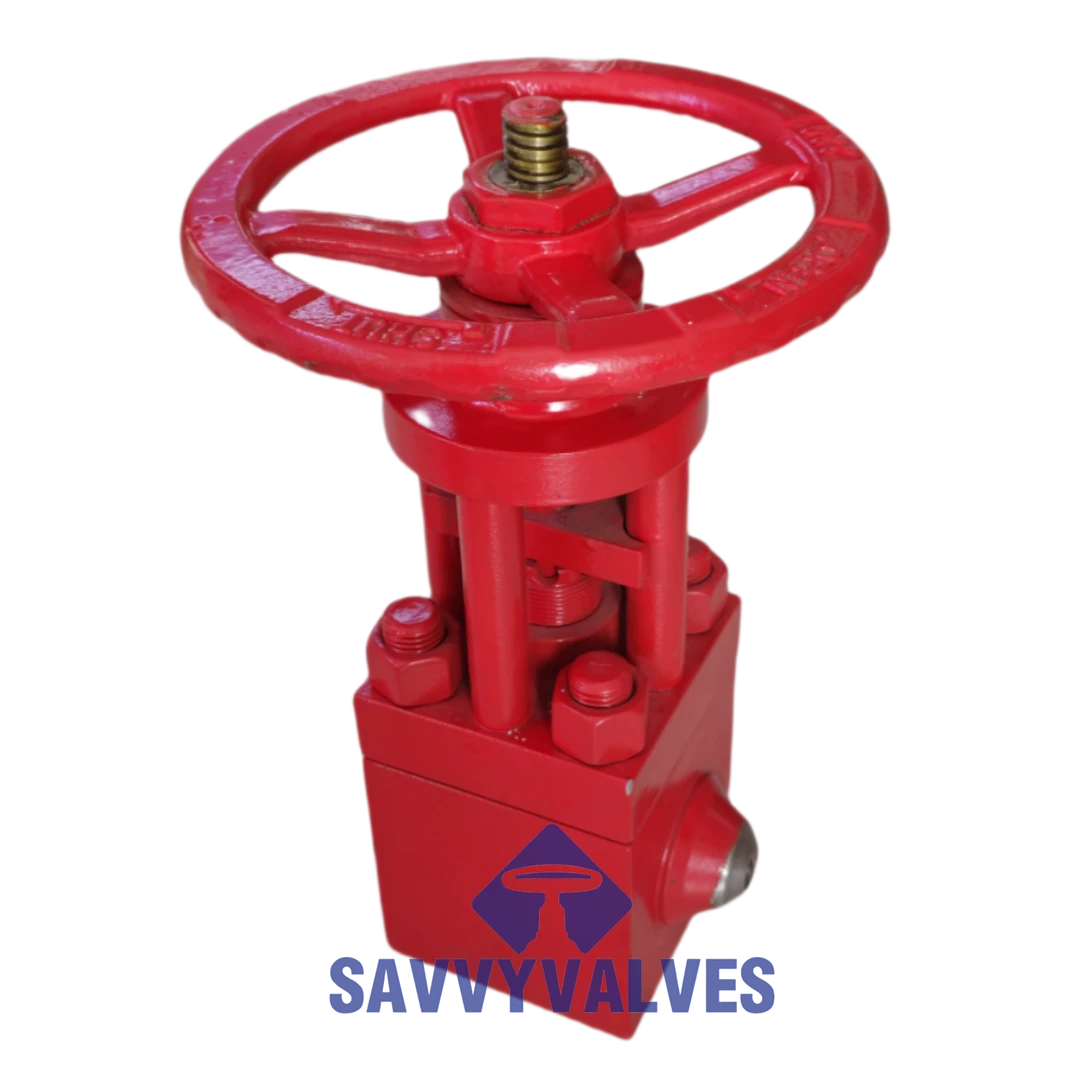Zawory dławiące
-
Rozmiar: 2" (2 cale)
Nominalne ciśnienie: 10 000 PSI (zgodne z API 6A)
Operator: Siłownik silnikowy
Koniec połączenia: kołnierz RTJ (API 6BX)
Konfiguracja: wzór kątowy, zrównoważone wykończenia klatkowe
Wykończenie powierzchni: piaskowane i pokryte powłoką epoksydową
Zakres temperatur: -29°C do 425°C
-
Krótki opis: Rozmiar: 1″ Ciśnienie znamionowe: 10000 PSI, 10K Materiały: korpus i pokrywa ASTM A182 A105, tarcza ASTM A182 F105 + TCC, trzpień ASTM A182 F6A, nakładka TCC, gniazdo korpusu Operator: pokrętło ręczne Końcówki: API 6A, API 6D.
-
ZDJĘCIA PRZEDSTAWIAJĄ DANE TECHNICZNE PONIŻEJ
ROZMIAR: 3″
OCENA: 10000PSIG
NADWOZIE I MASKA: TC YG6
WTYCZKA: TC YG20
TRZPIEŃ: INCONEL 625
KLATKA: INCONEL 625
SIEDZISKO: YG 6
NAPĘD: SIŁOWNIK ELEKTRYCZNY
-
ZDJĘCIA PRZEDSTAWIAJĄ DANE TECHNICZNE PONIŻEJ
ROZMIAR:DN100
OCENA: PN100
NADWOZIE I MASKA: A216 WCB
WTYCZKA: 410SS
TRZON: 316SS
KLATKA: 410SS
SIEDZENIE: 410SS
NAPĘD: SIŁOWNIK PNEUMATYCZNY
-
Krótki:
Rozmiar: 1/2″
Ocena:4500LB
Przybory:
Nadwozie i maska ASTM A105
ASTM A105 + stellit 6 dysk
Trzpień ASTM A182 F6A
Siedzisko z nakładką Stellite 6
Operator: pokrętło ręczne
Końce: BW zgodnie z ANSI B16.25
A choke valve is a type of control valve specifically designed to regulate the flow and pressure of fluids—especially in high-pressure systems such as oil and gas production. It works by varying the size of the flow passage through a movable component, often a plug or needle, which reduces or increases flow rate accordingly. Unlike standard valves that primarily open or close flow, choke valves are meant for precise throttling, allowing operators to control production rates and manage pressure drops in wellheads and pipelines. They are built to withstand harsh environments, including corrosive and erosive fluids, thanks to durable materials like tungsten carbide or Inconel. Choke valves can be fixed or adjustable: fixed choke valves use a static orifice size, while adjustable versions allow dynamic control via manual or automated actuation. In many systems, they serve as the first line of control, reducing pressure from reservoir levels to downstream equipment tolerances. Their reliability and accuracy make them essential in high-pressure oilfield operations, ensuring safe, stable, and efficient fluid handling over long periods.





